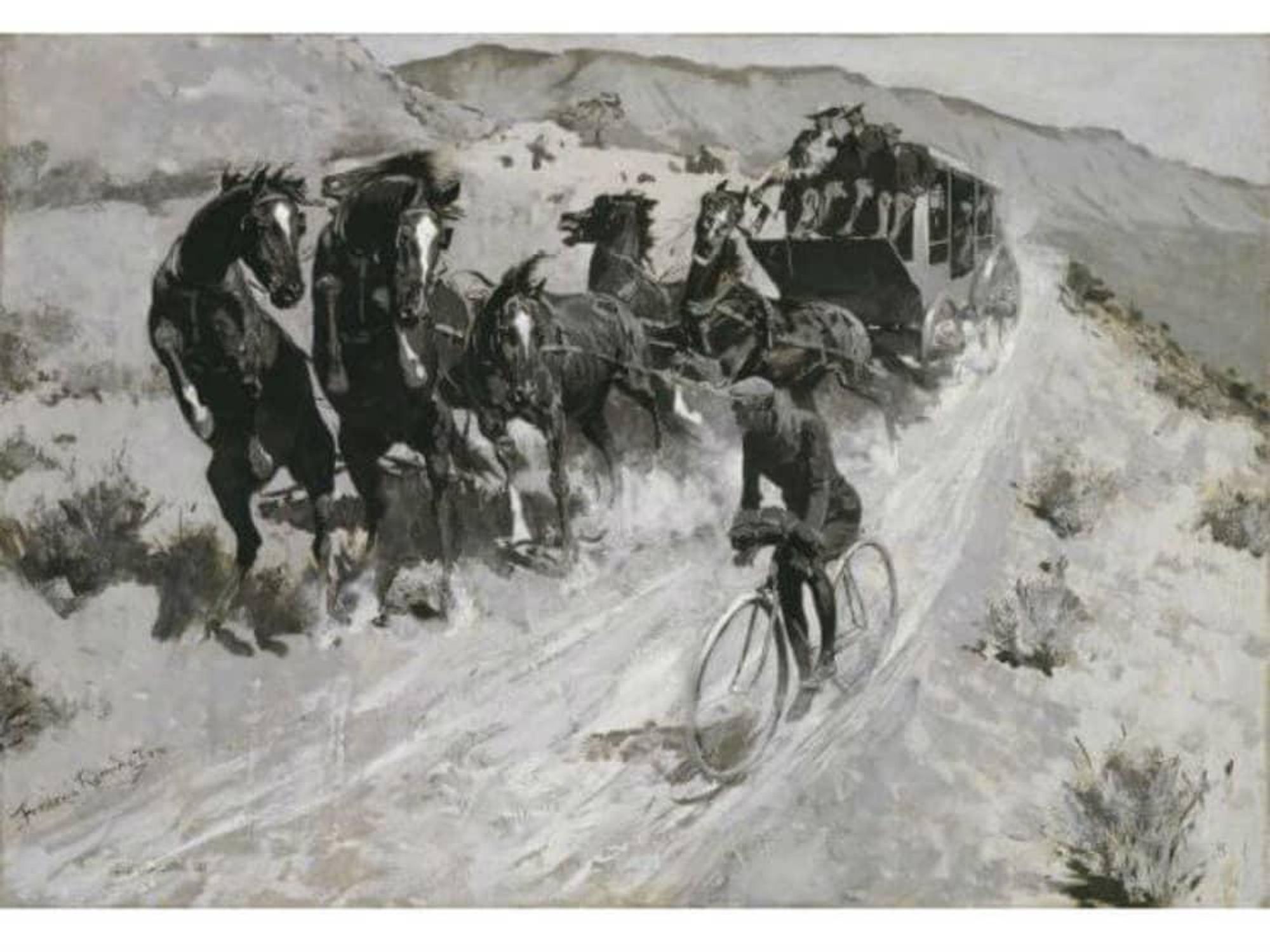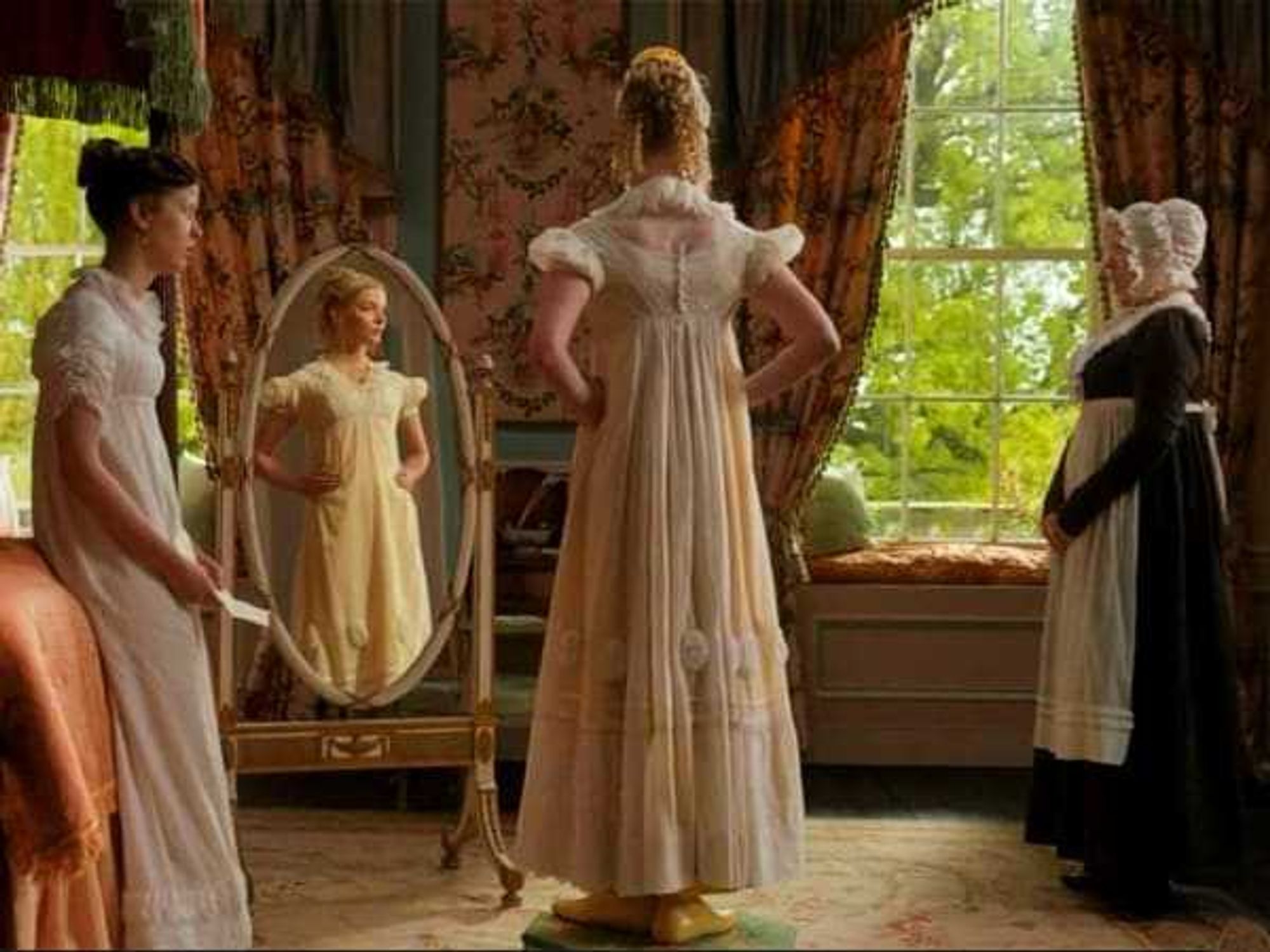Museum Art
Revered Fort Worth museum reveals robust schedule for 2017

The Amon Carter Museum of American Art in Fort Worth has unveiled its 2017 schedule with exhibitions on printmakers, nature and outdoors, and photography, including an exploration of the Polaroid company. There are also exhibitions by painters who work in the genre of American art for which the Amon Carter is known.
Here's the lineup.
Featured exhibitions:
"Invented Worlds of Valton Tyler" (February 11–April 30)
For more than 40 years, Texas artist Valton Tyler (b. 1944) has depicted unparalleled worlds from his imagination. His captivating artworks feature unique interplays of identifiable, organic, mechanistic, and surreal shapes, which often rise from mountain, desert, or arctic landscapes. One of the only etching series he ever created, along with graphite drawings and large-scale paintings, are brought together for the first time in this rare exhibition of a local talent whose work defies artistic categorization.
"The Polaroid Project: At the Intersection of Art and Technology" (June 3–September 3)
The Polaroid Project surveys the history of the innovative photographic company Polaroid and its intersection with art, science, and technology during the second half of the 20th century. Featuring a wide-ranging group of artists, the exhibition showcases the diversity of works produced over several decades. Organized by the Foundation for the Exhibition of Photography, the Polaroid Project displays a variety of image sizes and formats produced over the years, and explores the rich legacy of technological and artistic experimentation that the company enabled prior to its obsolescence.
"Wild Spaces, Open Seasons: Hunting and Fishing in American Art" (October 7–January 7, 2018)
This is the first major exhibition to explore the multifaceted meanings of such outdoor subjects in both painting and sculpture from the early 19th century to World War II. These aesthetically rich and culturally important works play an influential role in the history of American art.
American artists’ fascination with depicting hunting and fishing was often informed by their own experiences as practitioners and was more than merely a way of commemorating outdoor traditions. Approximately 60 paintings and sculptures — some of the finest examples of American art — illuminate changing ideas about place, national identity, community, wildlife, and the environment, offering compelling insights into socioeconomic issues and cultural concerns.
This exhibition was organized by the Amon Carter Museum of American Art, Joslyn Art Museum, Dixon Gallery and Gardens, and the Shelburne Museum.
Other exhibitions also on view:
"Between the Lines: Gego as Printmaker" (February 11–August 6)
From zigzags and curves to diagonals and scribbles, this small exhibition of prints by abstract artist Gego (1912–1994) celebrates the vibrant diversity of line. While primarily known as a kinetic sculptor, Gego explored the printing process’ potential for creating intricate linear patterns while working at the Tamarind Lithography Workshop in Los Angeles in 1966.
Drawn from the Amon Carter’s collection, these richly saturated lithographs reflect Gego’s interest in the intersection between line and space. Her choice of dramatic blacks and reds, contrasted with the lightly colored paper sheet, highlights the images generated by negative space, or what Gego called, “the nothing between the lines.”
"Avedon in Texas: Selections from In the American West" (February 25–July 2)
When renowned New York City fashion and portrait photographer Richard Avedon (1923–2004) agreed in late 1978 to take on a commission from the Amon Carter to create a portrait of the American West through its people, he was filled with uncertainty about whether the project would succeed. The following spring he went to the Rattlesnake Round-Up in Sweetwater, Texas. That weekend he created six evocative portraits that would set the tone and bar for five more years of photographing. In these sittings, he discovered people who conveyed through their faces, clothes, and postures, not merely hard living but the full embrace of existence. This selection of 17 of the project’s Texas images makes abundantly clear why "In the American West" has become a touchstone in photographic history.
"Homer and Remington in Black and White" (March 4–July 2)
Winslow Homer (1836–1910) and Frederic Remington (1861–1909) were among the most accomplished American artists of their day. While they both personally measured the success of their careers by the recognition they received from critics and patrons for their oil paintings, they likely would never have obtained the status of American greats without their mutual involvement in the world of illustration. Wide distribution in the leading periodicals of the day assured that they became household names. Both artists learned how to communicate clearly and concisely in black and white, distilling the essence of a scene into a few sharp elements. This exhibition features works from the Amon Carter’s permanent collection that represent the variety of their creations in black and white.
"Fluid Expressions: The Prints of Helen Frankenthaler" (March 18–September 10)
Although widely known for her iconic “soak-stain” canvases, Helen Frankenthaler (1928–2011) was an equally inventive printmaker who took risks in a medium not frequently explored by abstract expressionists. "Fluid Expressions: The Prints of Helen Frankenthaler" highlights the artist’s often-overlooked, yet highly original and whimsical print production.
Drawn from the collections of Jordan D. Schnitzer and his Family Foundation, this exhibition includes more than 25 prints made from a diverse range of techniques, including lithographs, etchings, aquatints, screen prints, and woodcuts.
"Darryl Lauster: Trace" (March 25, 2017–March 25, 2018)
For his sculptural installation "Trace," Texas-based artist Darryl Lauster (b. 1969) created 10 fragmentary Carrara marble tablets and carved phrases in them using a font reminiscent of monuments. The blocks of stone seemingly speak essential truths — such as language from American founding documents, various militia and splinter group manifestos, and parts of the inscription on the Statue of Liberty — uniting fundamental phrases intended for entirely different purposes and obscuring their original meanings. Because the stones appear to be broken pieces of a full inscription, any overarching meaning is difficult to discern, much as many of the texts in their entirety are subject to differing interpretations. "Trace" asks us to wonder whether what we are reading is from a separatist group, Darwin, or the Bill of Rights. His work engages with contemporary society while using historical language.
"Nature/Culture" (July 15–December 10)
We often think of nature as that which stands beyond humanity, and culture as that which reflects people’s achievements. But rarely is the matter so simple. This exhibition explores different facets of the dichotomy. Besides reflecting on how nature counterpoints and enlivens our built environment, the show recognizes the more problematic use of the term, and its cousin “natural,” when applied to snapshots, portraits, and Native American cultures.
"Dornith Doherty: Archiving Eden" (August 12, 2017–January 14, 2018)
Over the last nine years, North Texas photographer Dornith Doherty has traveled the globe to construct a visual meditation on the planet’s botanical diversity by showcasing the work of international seed banks and sharing the pure aesthetic pleasure of seeds and their transformations into plants. This exhibition celebrates the completion of that project. At a time when some ecologists are suggesting that we are losing more than 10 animal and plant species each day, the display provides eloquent confirmation of the close relationship between botany and biophilia.
"Caught on Paper" (September 23, 2017–February 11, 2018)
From giving something your “best shot” to feeling like a “fish out of water,” metaphors and imagery from the sport of hunting and fishing permeate American culture. Inspired by the coinciding exhibition of painting and sculpture "Wild Spaces Open Seasons: Hunting and Fishing in American Art," this selection of works on paper explores the popular outdoor subjects that have captivated American artists for centuries.
"Caught on Paper" brings together more than 30 works on paper from the Amon Carter’s permanent collection. With watercolors and prints by artists such as Winslow Homer, Buffalo Meat, Frederic Remington, Charles M. Russell, and Arthur Fitzwilliam Tait, this show is truly a rare catch.
